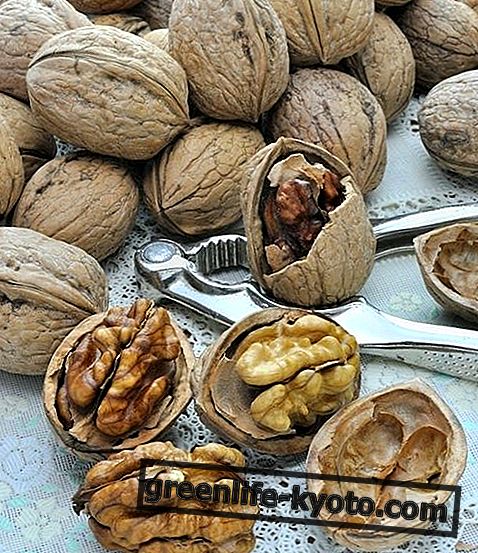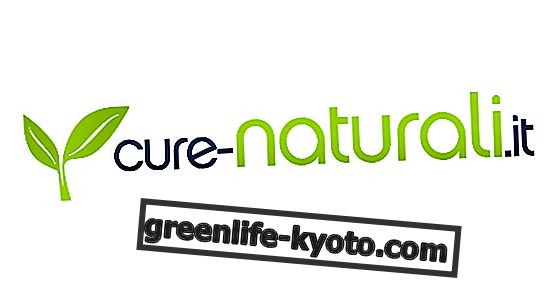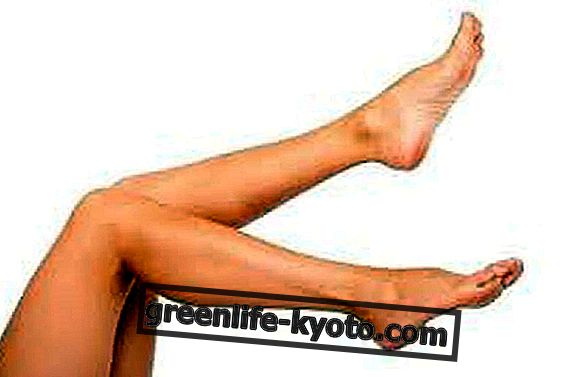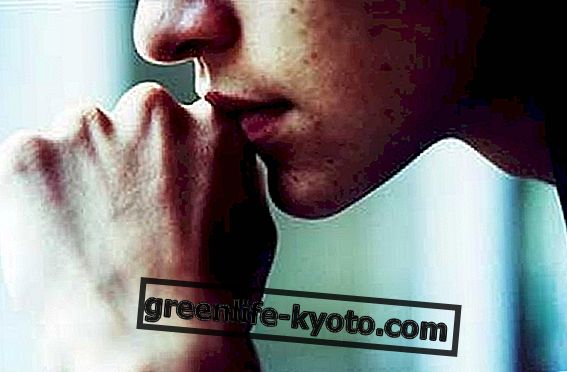
Cranial sacral massage
Until the end of the 19th century, anatomists considered the cranial structures to be immobile. This conviction arose, however, from the observation of corpse skulls, that is, subjects without life. Thus the theories that followed did not find empirical counter-proofs, so that the ambit of the sacral skull remained theoretical until 1975. It was the dott. Calvin Cottan who hypothesized the existence of a movement inside the skull. The true s covered of the cranial sacral system, and of the movement that distinguishes it, is to be attributed to the osteopath William Sutherland, at least for what concerns the theory. Practical experimentation was possible later, in 1975, when Dr. John Upledger, empirically clarified the semi-rigid nature of the skull, capable of measurable micro-movements. But what is the technique of cranial sacral massage ?
The cranial sacral massage is a holistic technique that the operator implements by means of a light touch on the cranial bones and on the vertebral column of a subject, in order to establish contact with the person's cranial sacral rhythm, to stimulate and support it.
The technique of cranial sacral massage revolves around the rhythmic fluctuation of the encephalorachidian fluid . This liquor is a transparent fluid that permeates the entire central nervous system keeping it in suspension, protecting it, nourishing it and contributing to the regulation of intracranial pressure. Despite the words 'massage', the cranial sacral massage consists of a very light touch, able to put the operator in harmony with the rhythm of the body, in silence, almost listening to the beat.
Through light manipulations, almost imperceptible to the patient, the technique of cranial sacral massage is able to intervene on the whole organism, through the connections with the cranial sacral system.
Special features of cranial sacral massage
By intervening on the whole organism's functions, the cranial sacral massage guarantees benefits at all levels : as a simple anti-stress massage, the cranial sacral massage is able to rebalance posture, muscles, the gastrointestinal system and improve breathing . Cranial sacral therapy is in many cases suitable for the treatment of sciatica, back pain, birth trauma, whiplash, headaches, scoliosis, dizziness and mandibular joint problems. The massage acts deeply on the nervous system, influencing the hormonal and immune systems, favoring the harmony of psychological and emotional states, stimulating a state of well-being.
It is a delicate and safe therapy. For this reason, it is often recommended in circumstances considered risky, such as pregnancy, after an operation or accidents. Regarding the non-invasive nature of the technique, cranio-sacral massage can also be performed on newborns, elderly people and pregnant women. This treatment can be approached for different disorders or pathologies of physical or psychological origin. Few sessions of sacral skull restore the most common disorders.
Even not accusing any of them, a generic patient can turn to a cranial sacral operator to make a real pit-stop of the body and mind, to recover energy and regain vitality to start the week again.













